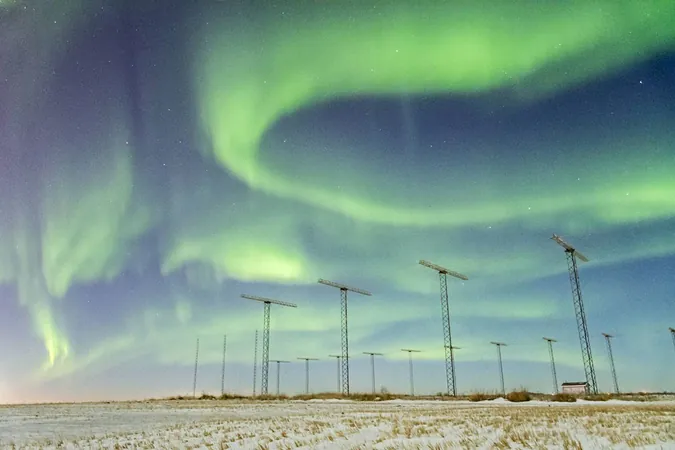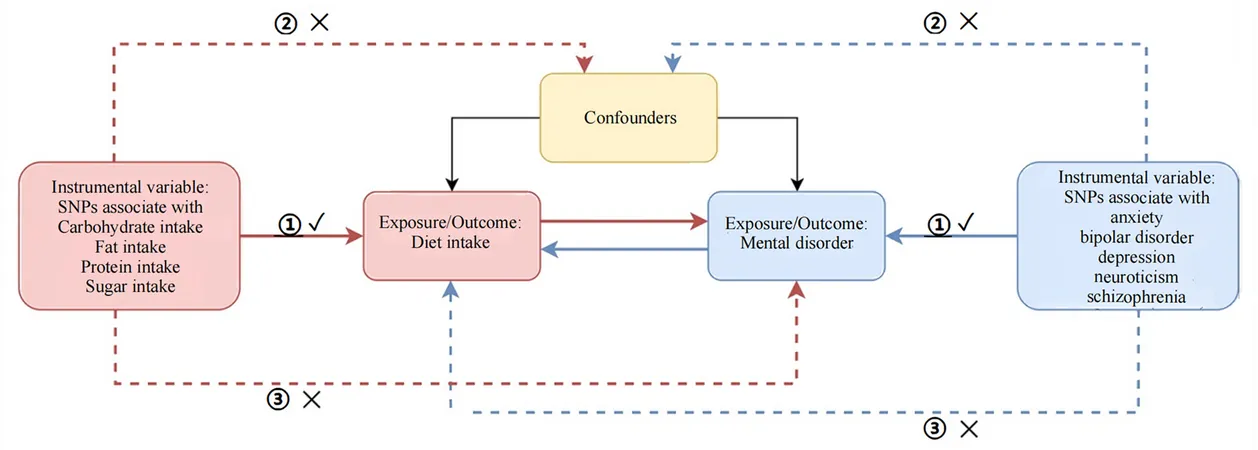
Unveiling the Secrets of Space Weather: Four Key Insights about SuperDARN at the University of Saskatchewan
2024-11-16
Author: Charlotte
SASKATOON — Nestled within the University of Saskatchewan, the Canadian component of the Super Dual Auroral Radar Network (SuperDARN) is at the forefront of monitoring space weather and understanding its impacts on planet Earth.
1. The Mysterious Ionosphere and Its Importance
Above us lies a layer of charged particles, known as the ionosphere, which plays a crucial role in various space weather events. While this ethereal layer can create stunning northern lights, these phenomena also pose significant risks. A notorious example occurred in 1989, when a severe magnetic storm caused a catastrophic blackout in Quebec, leaving millions without power for nine hours. This event highlighted the need for continuous monitoring and study of solar activities to safeguard our technological infrastructure.
2. A Global Network of Protection
With over 35 radar installations scattered worldwide, SuperDARN is committed to tracking these unpredictable space weather phenomena. By bouncing signals off the ionosphere, the radars detect irregularities that could predict solar storms capable of disrupting our communications and power systems, including the internet. The expansion of this network serves as an early warning system for potential disruptions that can affect everyday technology.
3. Canada's Strategic Role in Space Weather Research
SuperDARN Canada has been a cornerstone of this global effort, operating from Saskatoon since 1993. Affiliated with the Institute of Space and Atmospheric Studies in the Department of Physics and Engineering Physics at USask, Canada’s geographical location uniquely positions it to study the dynamics between solar activity and its effects on the Earth, particularly from the auroral oval region where northern lights predominantly occur.
4. Pioneering Leadership in Space Research
At the helm of SuperDARN Canada is Dr. Kathryn McWilliams, a transformative scientist whose work has paved the way for innovations in the field. McWilliams played a pivotal role in constructing the Saskatoon radar as an undergraduate and has continued to make strides in her career, becoming the first tenured female faculty member in the physics department at USask. Her dedication to education and research earned her an appointment as chair of the international SuperDARN executive council, and she recently garnered accolades including an honorary fellowship from the Royal Astronomical Society of the UK.
In a significant collaboration, SuperDARN Canada welcomed Guillaume Pujo from AIRBUS France for a unique international internship this summer. Pujo's engineering expertise led to innovations that enhanced radar performance by 10%, demonstrating the network's commitment to bridging education and practical applications in space science.
Looking Towards the Future
As we advance toward 2024, our understanding of space weather becomes increasingly vital, especially as we approach the solar maximum, a period marked by greater solar activity and stunning auroral displays. SuperDARN's team will be working tirelessly, collecting and analyzing data that could help us better comprehend the cosmic forces swirling above us.
In conclusion, SuperDARN Canada is not just monitoring outer space; it's actively safeguarding our technological future against the unpredictable whims of solar activity. With a dedicated team and innovative projects, it is a beacon of hope in an era where technology and nature intersect more than ever. Don't miss the opportunity to follow this exciting journey through the cosmos!









 Brasil (PT)
Brasil (PT)
 Canada (EN)
Canada (EN)
 Chile (ES)
Chile (ES)
 Česko (CS)
Česko (CS)
 대한민국 (KO)
대한민국 (KO)
 España (ES)
España (ES)
 France (FR)
France (FR)
 Hong Kong (EN)
Hong Kong (EN)
 Italia (IT)
Italia (IT)
 日本 (JA)
日本 (JA)
 Magyarország (HU)
Magyarország (HU)
 Norge (NO)
Norge (NO)
 Polska (PL)
Polska (PL)
 Schweiz (DE)
Schweiz (DE)
 Singapore (EN)
Singapore (EN)
 Sverige (SV)
Sverige (SV)
 Suomi (FI)
Suomi (FI)
 Türkiye (TR)
Türkiye (TR)
 الإمارات العربية المتحدة (AR)
الإمارات العربية المتحدة (AR)